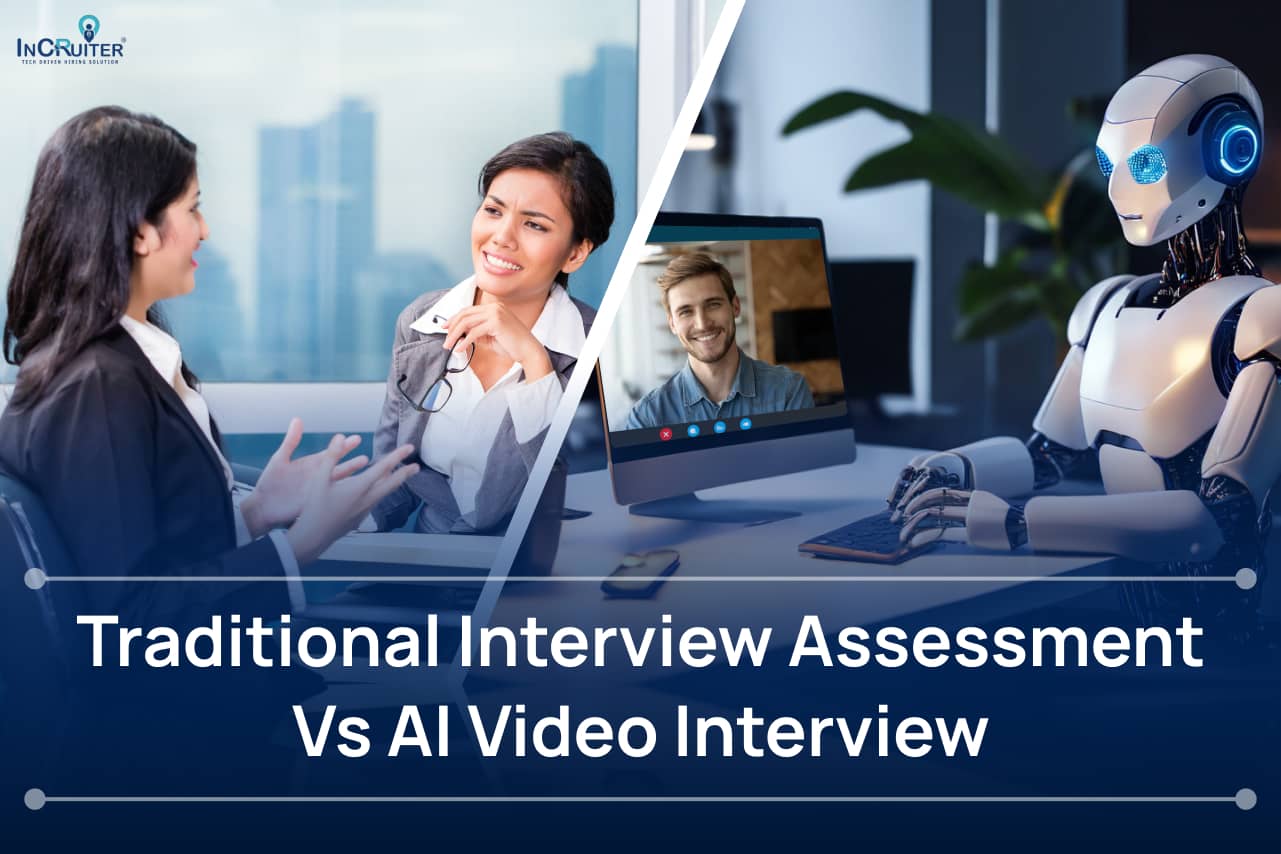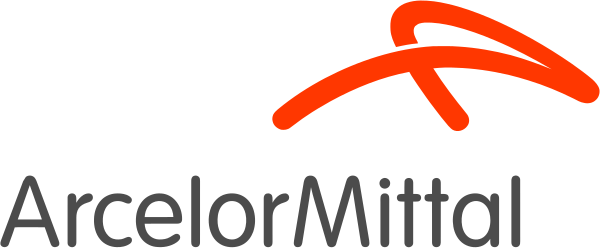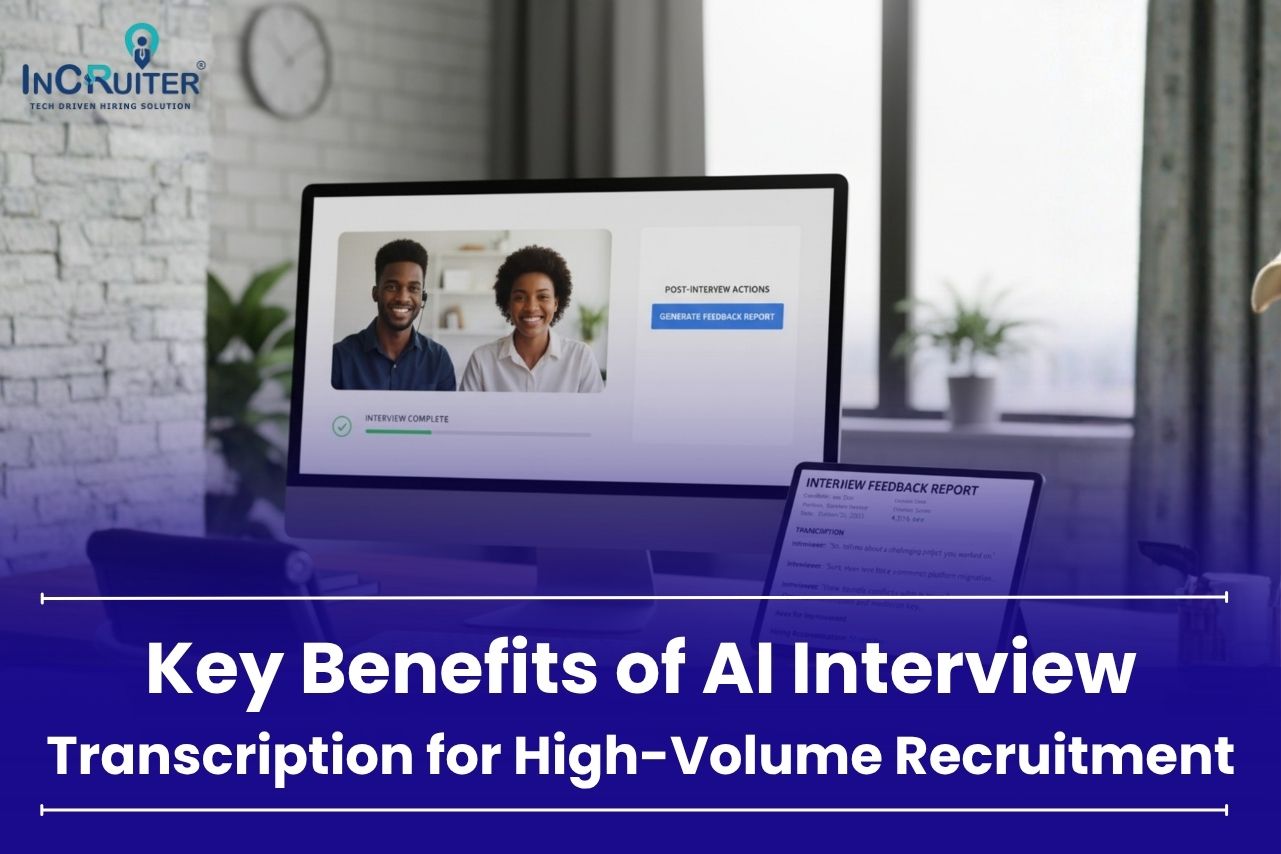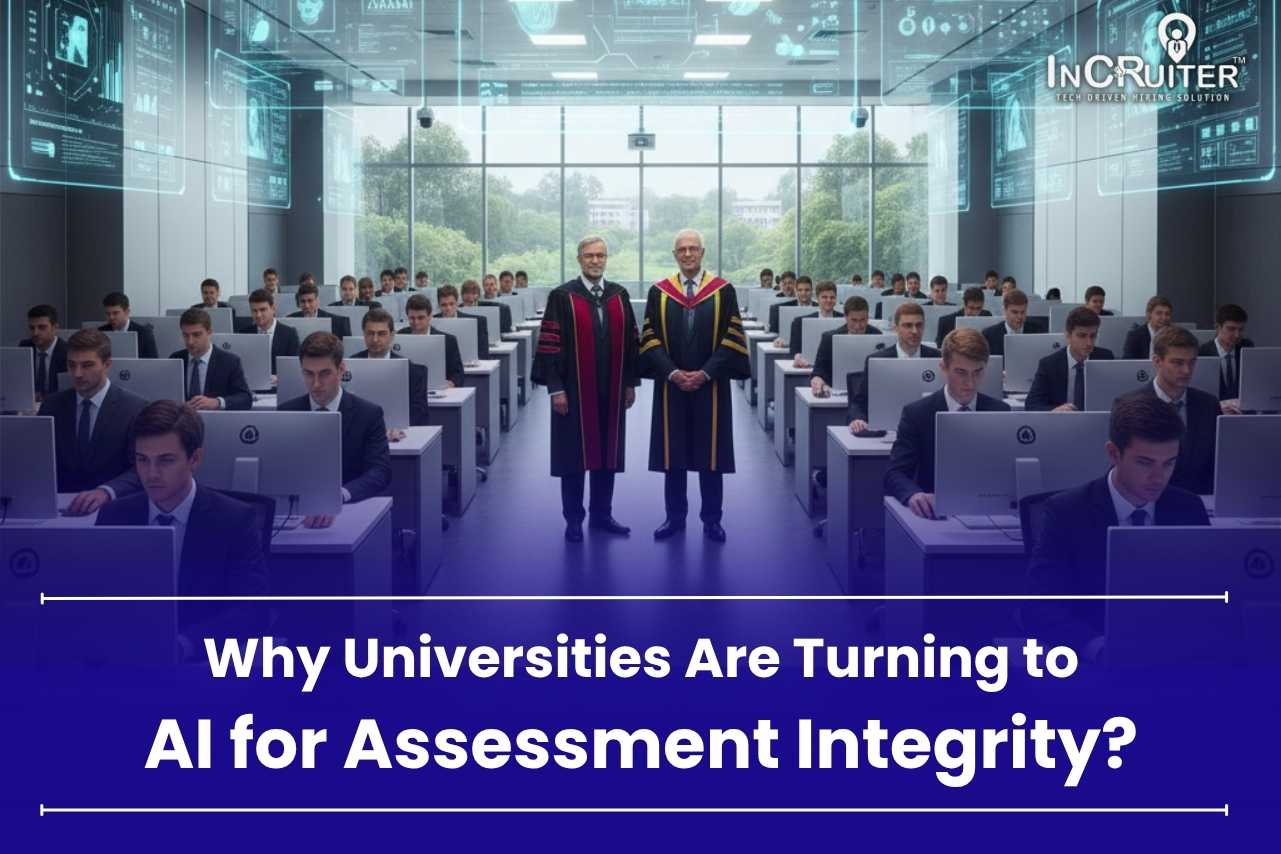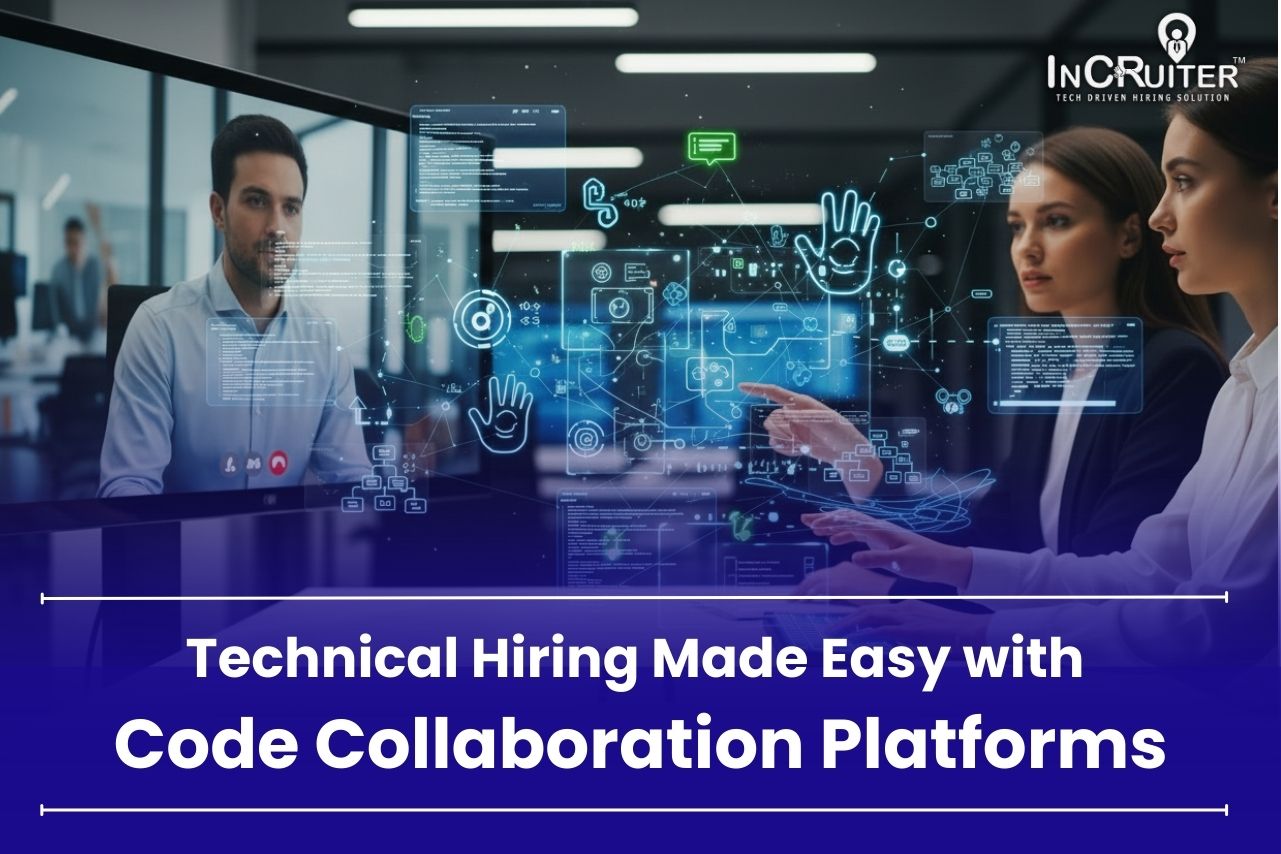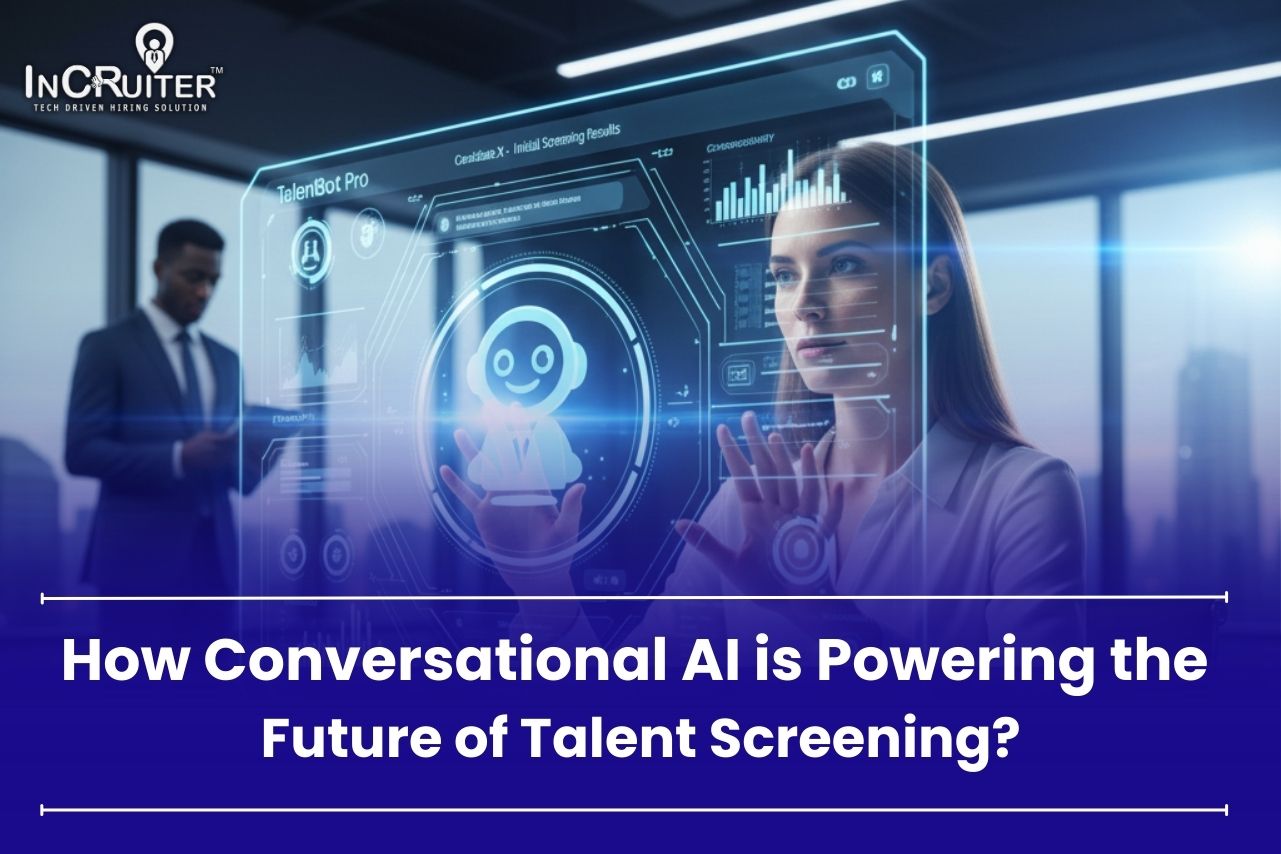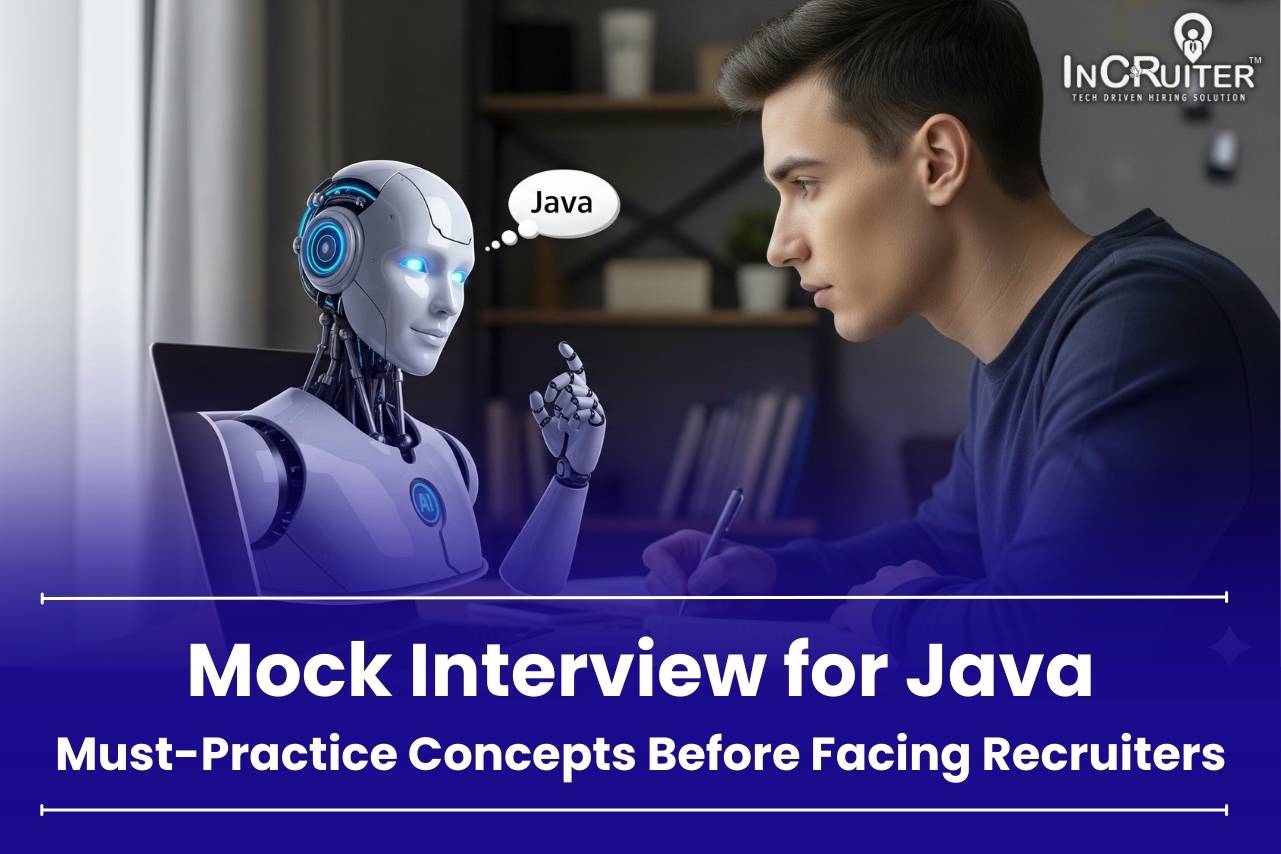We’ve all been through the interview process, whether as a candidate or as part of the hiring team. But have you ever stopped to think; does the traditional interview method really work? Interviews had long been the staple when it came to picking new employees throughout the years. However, the traditional interviewing process has begun to display flaws as time passes by. Long waits and probable biases ensure that the traditional modes don’t always do quite justice in today’s fast world. This is where AI Video Interview come into play, looking to address these very particular pain points.
So, how do they stack up? In this article, we’re going to dive deep into a comparison between traditional interviews and AI video interview: efficiency, fairness, and candidate experience in the crosshairs.
How Traditional Interviews Work?
Building a team is very much associated with the traditional interview process. The thing is that it consumes a lot of time. Let’s imagine the usual situation. A job post is published, and then applications start to pour in. The hiring team has to review them, prepare a schedule, meet and interview, and choose from them.
Here is the simple division of each step:
- Application Review: HR sifts through these, looking for a potential candidate who qualifies at the basic level.
- First Screening: Those who pass the first review get brief screening over the phone or video to check on the most basic things like availability and expected salary
- Scheduling: Once the screening is successful, an interview is scheduled based on mutual availability. Coordinating between the candidate and interview panel can often be time-consuming.
- First Interview: These are sometimes face-to-face or virtual interviews, usually where the candidate’s skill and experience level will be discussed.
- Second Interview or Assessment: If necessary, a second round or technical test will be done to see how they can work for a company given the selected tasks of the job.
- Reference Check: The company may contact previous employers to try to learn about the candidate’s work ethic and history.
- Final Round: Often with senior management or department heads, this round focuses on strategic fit, leadership qualities, and any final concerns. It’s the last step before making a decision.
- Job Offer: An offer again usually comes with all the details regarding salary and terms. Then comes the decision of accepting, negotiating or rejecting.
- Onboarding: If accepted, an individual then goes through onboarding where they learn the ropes about the company.
How do AI video interviews Work?
The job market keeps changing, and hiring methods are keeping up with it. Now, AI video interviews are shaking up how hiring is usually done these days, making the process quicker and sharper. These automate the initial half of the hiring process, allowing companies to make well-informed decisions quickly. This approach reduces manual tasks and frees time for recruiters to focus on high-quality candidate evaluation and final selections.
Here’s how the hiring process works differently with AI video interviews:
- Resume Screening: Instead of sifting through piles of resumes, AI swiftly scans and ranks them based on criteria like skills, experience, and specific keywords. This process brings the best candidates into focus without wasting hours, letting recruiters dive straight into the top matches.
- Automated Scheduling: AI-powered video interview platforms automate scheduling by providing candidates access to the primary interview at their convenience.
- Initial Screening: In the past, initial screenings meant endless phone calls. Here, AI analyzes the candidate-given answers, looking at factors like tone, keywords, and experience to deliver a fair and data-backed review.
- Skill Assessment: AI seamlessly includes technical tasks like coding tests or personality quizzes right in the interview process. It offers real-time evaluations of a candidate’s skills, making sure that only the most capable move on to the next step.
- Faster Feedback: AI tools provide instant feedback for both sides—recruiters and candidates—helping decisions happen quickly. This speed keeps candidates engaged, reducing the risk of losing out on great talent due to slow-moving processes.
Traditional Interview vs. AI Video Interview: A Quick Comparison
| Aspect | Traditional Interview Assessment | AI Video Interview |
| Assessment Methodology | The human interviewer conducts face-to-face interaction, asking questions and evaluating candidates’ responses. | AI system analyzes candidate’s responses through video recordings, using natural language processing and machine learning algorithms. |
| Assessment Scope | Primarily assesses verbal communication, problem-solving skills, and cultural fit. | Assesses verbal communication, nonverbal cues, cognitive abilities, and behavioral patterns. |
| Assessment Depth | Can delve into specific areas of expertise and experience through tailored questions. | It may have limitations in assessing nuanced aspects of personality or cultural fit unless specified. |
| Standardization | It can vary depending on the interviewer’s style and experience, leading to potential biases. | Offers a standardized and objective assessment process for all candidates. |
| Efficiency | It is a time-consuming process, requiring scheduling and coordination. | It is more efficient, as interviews can be conducted asynchronously and at the candidate’s convenience. |
| Cost | It can be costly due to travel expenses, time spent conducting interviews, and the potential need for human resources. | Generally more cost-effective, as there’s no need for physical presence and zero loss in opportunity cost. |
| Bias | Potential for unconscious biases to influence the assessment process. | Can reduce the impact of unconscious biases through objective analysis. |
| Accessibility | May be challenging for candidates with disabilities or those located in remote areas. | It is more accessible to candidates with disabilities and available from anywhere remotely. |
| Feedback | Feedback is typically provided verbally or in writing by the interviewer after the interview. | Feedback is automated, providing immediate insights into candidate performance. |
The Future of Hiring: AI Taking the Lead
The impact of COVID-19 has made the traditional hiring process more challenging than ever, pushing companies to adapt to new methods. AI in hiring is improving constantly, thanks to its ability to learn from the data it processes. Over time, tools like IncBot refine their assessments, offering even more accurate insights. With remote work on the rise and more companies hiring globally, there’s a growing demand for solutions that are fast, efficient, and fair. AI video interviews meet that need, allowing hiring teams to focus on bigger tasks rather than repetitive interview rounds.
Also Read: The Best AI Recruiting Tools for Every Hiring Manager
Wrap Up
Meanwhile, between the new approach and classic interviewing, video interviews with AI are coming to the forefront. The advantages of AI video interviews are that hiring is faster, more accurate, and less biased. Traditional interviews still have their say, especially when it comes to soft skills evaluation.
However, the benefits of AI cannot be overlooked. Using tools like IncBot from InCruiter, companies can streamline their hiring process, reduce bias, and create a better experience for candidates. If you’re ready to improve your hiring methods, AI video interviews are the way forward. The future of hiring is here, and it’s smarter and faster than ever before.
Also Read: Understanding AI Recruiting Software: Features, Benefits, and Impact






